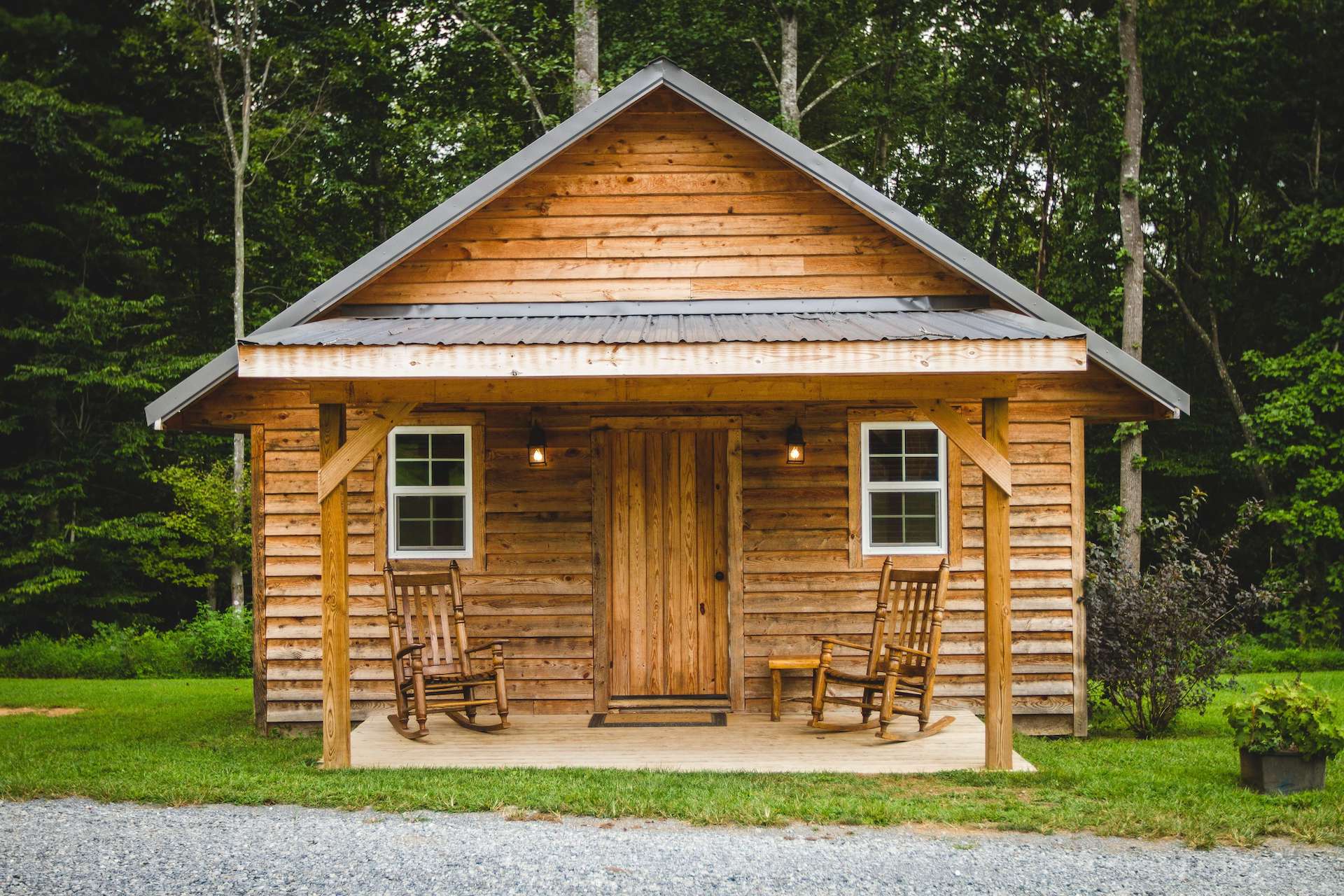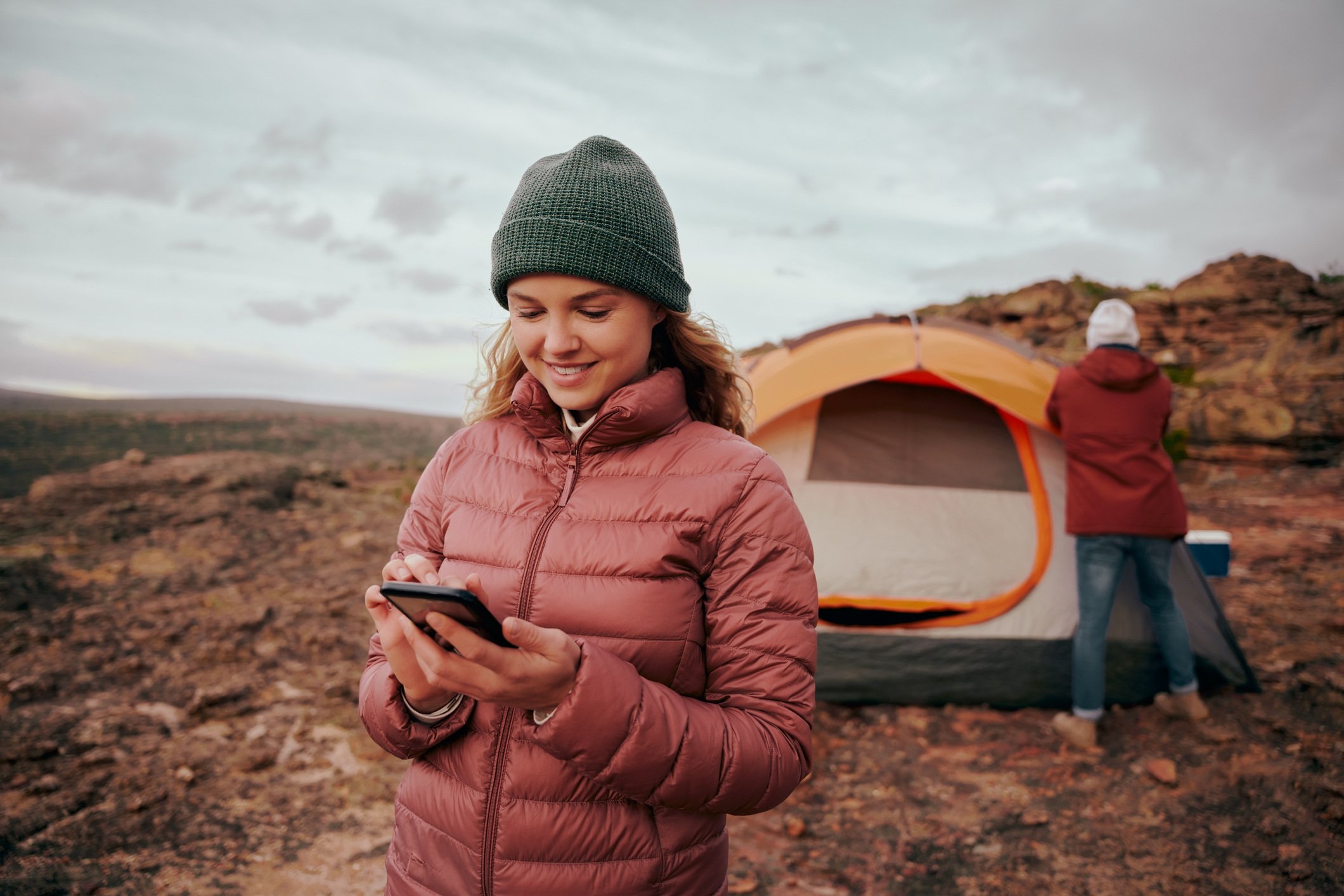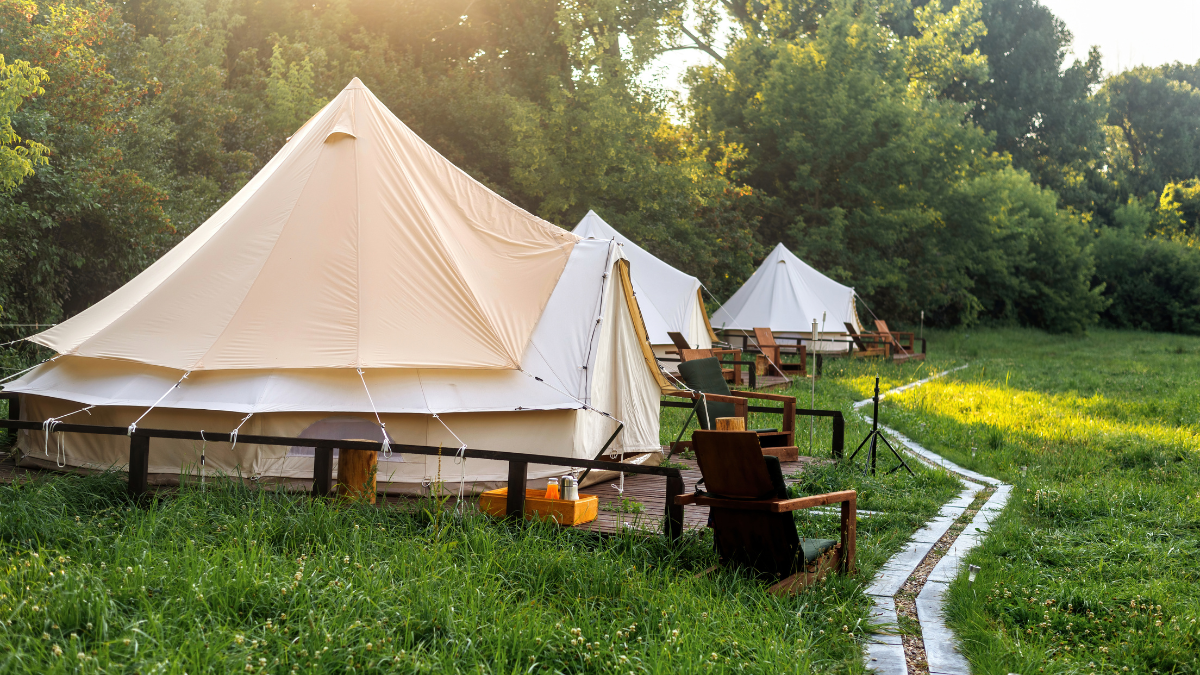When it comes to the operations of your campground or RV park(s), it can be hard to know if you’re on a healthy path towards growth.
You’re doing all you can to optimize your processes, improve any room or on-site services you offer, and — of course — make your actual sites the best they can be. But there are a number of challenges that stand in the way of optimal profitability: one of them being hospitality perishability.
While this isn’t a word all owners are familiar with, the concept it represents is something you will absolutely be able to apply to your business. Let’s discuss what this perishability is and a few ways to reduce its effects on your operations:
What is perishability within the hospitality industry?
When we hear the word perishable we often think of a product going “bad,” like cartons of milk that expire after a certain date. Consider the cost of purchasing a full pallet of milk, only to be unable to sell your full inventory and waste 40 boxes. That might equate to up to $500 of loss — a real blow to a grocer’s profitability.
Rarely do we think about services as equally perishable, however, they certainly are. As an RV park or campground owner, consider the money you “lose” every night a cabin or plot remains unoccupied. Each time an available space goes unbooked, you eat a perishability cost on your potential revenue.
How does hospitality perishability affect your operations?
This perishability serves as a challenge within the hospitality industry at large, forcing managers to focus on marketing and nurturing efforts to keep travel top of mind and book more stays. But, unfortunately, this mindset can distract from the guest experience of serving your current occupants. Park managers can become so engrossed in filling sites and obtaining new customers that they neglect those they’re currently serving.
The stress of constantly filling sites can also come to a head when parks don’t have the tracking and reporting they need to prove the ROI of their investment. They focus deeply on marketing and nurturing efforts, but if they don’t have a reservation and property management system or tools in place to keep leads and new guests organized, it can be difficult to prove their effort’s real impact on operations.
Additionally, this heavy focus on booking sites without proper reservation management software can lead to mistakes for current guests, like missed requests for services like a newspaper or food delivery or a housekeeping sweep.
How can you overcome these challenges?
Some hospitality perishability is unavoidable — there will almost always be nights where a few sites sit unoccupied — serving as a constant reminder to focus the majority of your efforts on the guests you do have.
Remember, it’s almost always more expensive to get a new guest to book than it is to retain repeat or loyal customers. It’s more costly to land new guests because it’s often a more time-consuming and competitive game to attract, nurture, and build enough trust for guests to try your property for the first time. If someone’s already made the decision to stay at your park, half of the legwork is behind you. By making improvements to your current sites, park offerings, entertainment, and operational processes instead, you are both proving to your current customers that you value their experience and increasing your chance of continued revenue from their return. Let’s not forget the power of a solid referral; if you create happy guests who vouch for your property, they’ll attract new leads for you.

Beyond making improvements to your services and offerings, consider a few ways to treat current customers. Rolling out a Loyalty Program, for example, can encourage guests to stay time and time again and rack up points for discounts and special treats. Also consider creating resources for current customers like a monthly newsletter featuring Things to Do around the area that month, or other subtle yet impactful ways to entice repeat customers while mitigating some of the effects of hospitality perishability.
Last but not least, strategize a few ways you can automate your current operations so that you can find time for all these important updates! For example, by automating some of your guest communication, you can focus more on creating content with deep value. Set up a trigger to send an automatic check-out rating email, or another one month after their stay reminding them to snag the hottest sites for next season early at a better rate. These low-lift messages are written once by your staff, but go out time and time again automatically so your team can afford to spend an hour each month on your new Things to Do newsletter or other guest experience initiatives. These efforts serve a dual purpose — enhancing the guest experience and reducing the chances of repeated unbooked spaces.
Continue Down the Path to Operational Excellence
Understanding how to decrease your park or campground’s perishability is just one way you can move one step closer to operational excellence.
For some tips on how to improve guest and staff communication and continue to improve the guest experience, download our complimentary How to Achieve Operational Excellence with a Reservation Management System eBook.







